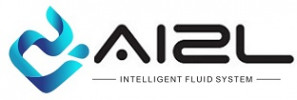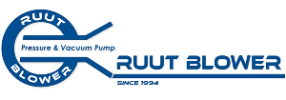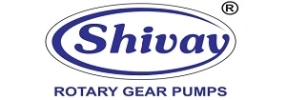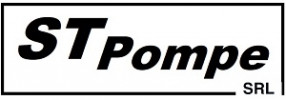EPDM rubber - ethylene propylene rubber
EPDM rubber

Main properties of EPDM
EPDM rubber has good mechanical properties and a very wide temperature range of application. Due to its rich structure, EPDM has very good resistance to ozone, weathering and aging, but is absolutely not resistant to mineral oils. Mineral oils and fats as well as animal and vegetable oils and fats contribute to unacceptably strong swelling. The special structure of the softeners also allows the use of EPDM based rubber seals in glycol based brake fluids (SL-DOT4). Use in these environments requires compliance with local tolerance regulations and appropriate approvals. Radiation resistance is relatively high.
Below are data on the resistance of EPDM rubber products to certain media.
|
RESISTANT TO:
|
NO RESISTANCE TO:
|
|
|
|
TEMPERATURE RANGE: -20°C to +120 °C
|
|
Scope of EPDM products
The main area of application of EPDM is as a rubber part in mechanical seals (bellows, O-rings) in pumping equipment. Moreover, EPDM is the most suitable material for hot water or hot steam applications (must be lubricated with silicone grease during installation).
Primary use:
- special parts for washing installations;
- bayonet and piston seals;
- O-rings;
- seals for brake systems of cars.
Basic physical and mechanical characteristics of EPDM
| Properties | unit of measurement | Meaning |
| Hardness | SHORE A | 85±5 |
| Density | g/cm3 | 1.22±0.02 |
| Tensile strength | N/mm2 | ≥12 |
| Tensile strength | % | ≥80 |
| Residual deformation 100oC/22h | % | ≤10 |
| Wide tear strength | N/mm | ten |
| rebound elasticity | % | 38 |
| Abrasion | mm3 | 140 |
| Minimum application temperature | °C | -twenty |
| Maximum application temperature | °C | +120 |
This category does not contain any products.



































































































